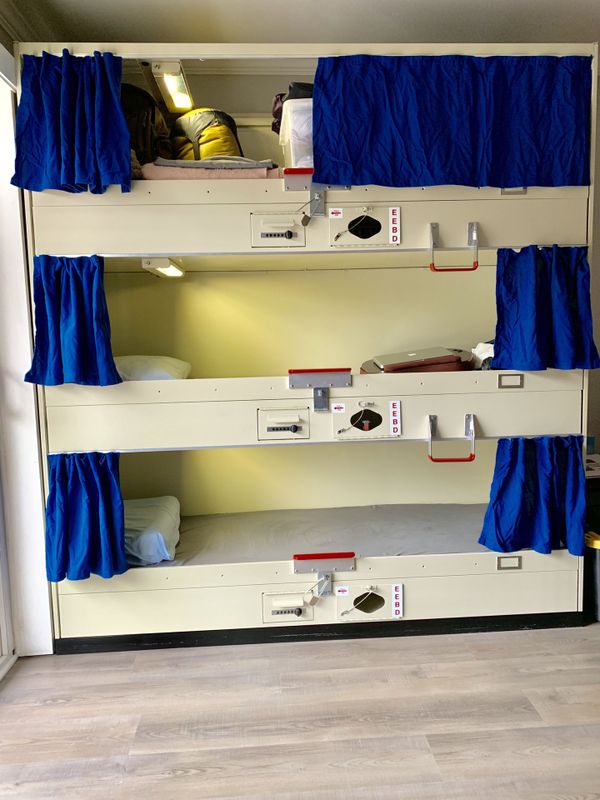this post was submitted on 25 Jan 2024
384 points (98.0% liked)
196
16501 readers
2744 users here now
Be sure to follow the rule before you head out.
Rule: You must post before you leave.
founded 1 year ago
MODERATORS
you are viewing a single comment's thread
view the rest of the comments
view the rest of the comments

I think that's the inside of a navy shipboard bunk:

Ahh i guess that explained it. It's human saliva projected by sneezes when they're asleep, shine under black light.
I've never tried shining a black light on mucus. Isn't it the PSA that glows in UV light for semen traces? There shouldn't be any of that in mucus.
It's bodily fluid, including blood, saliva, sweat, and urine.
Precious bodily fluids. They deserve better protection than that.
You can't sneeze when asleep
In linguistics, homonyms are words which are either homographs—words that have the same spelling (regardless of pronunciation)—or homophones—words that have the same pronunciation (regardless of spelling)—or both.[1] Using this definition, the words row (propel with oars), row (a linear arrangement) and row (an argument) are homonyms because they are homographs (though only the first two are homophones): so are the words see (vision) and sea (body of water), because they are homophones (though not homographs).
A more restrictive and technical definition requires that homonyms be simultaneously homographs and homophones[1] – that is to say they have identical spelling and pronunciation, but with different meanings. Examples are the pair stalk (part of a plant) and stalk (follow/harass a person) and the pair left (past tense of leave) and left (opposite of right).
A distinction is sometimes made between true homonyms, which are unrelated in origin, such as skate (glide on ice) and skate (the fish), and polysemous homonyms, or polysemes, which have a shared origin, such as mouth (of a river) and mouth (of an animal).[2][3]
The relationship between a set of homonyms is called homonymy, and the associated adjective is homonymous, homonymic, or in latin, equivocal.
The adjective "homonymous" can additionally be used wherever two items share the same name,[4][5] independent of how closely they are or are not related in terms of their meaning or etymology. For example, the name Ōkami is homonymous with the Japanese term for "wolf" (ōkami).
It's shaped right but I also doubt it. First, that mattress looks too comfortable. Second, they would probably have to keep it more clean than that.